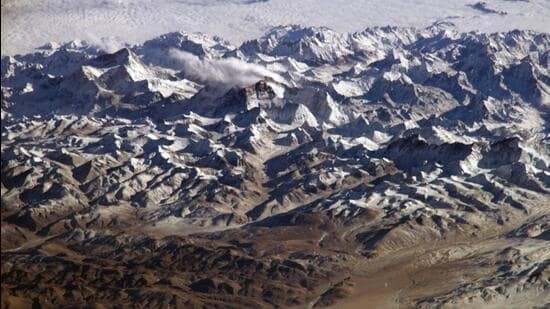Free Courses Sale ends Soon, Get It Now


Free Courses Sale ends Soon, Get It Now



Disclaimer: Copyright infringement not intended.
Context
Findings of ISRO’s PRL Study
Challenges in Climate Assessments
Implications for the Region
Concerns for Glacier Retreat
Broader Context
About Aerosols
Types of Aerosols:
Properties of Aerosols:
Effects on Climate:
Air Quality and Human Health:
Global Significance:
Conclusion
Understanding the diverse impacts of aerosols is crucial for developing effective policies to mitigate climate change, improve air quality, and protect human health on a global scale.
|
PRACTICE QUESTION Q.Discuss the implications of the recent surge in aerosol levels in the Hindu Kush-Himalaya-Tibetan Plateau region as highlighted by a study conducted by the Indian Space Research Organisation's (Isro) Physical Research Laboratory. Elaborate on the potential effects of aerosols on the climate, glacier retreat, and hydrological patterns in the region. (250 Words) |
© 2024 iasgyan. All right reserved